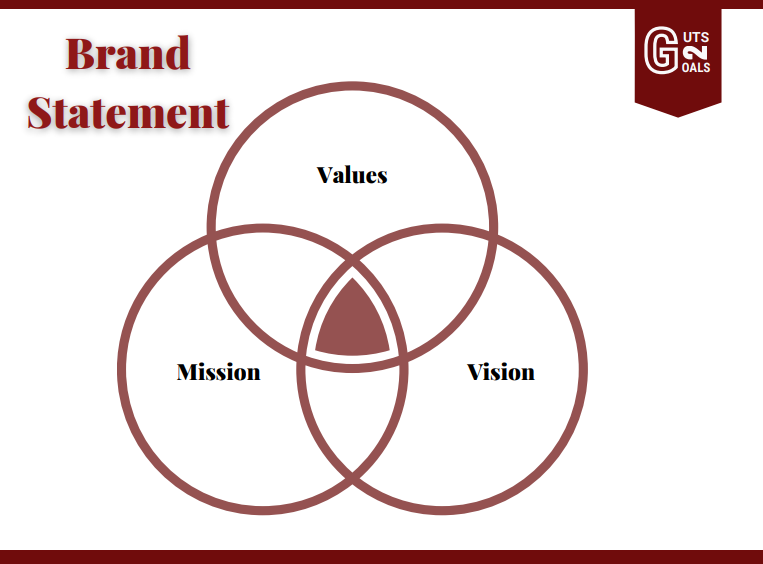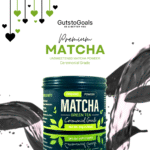While brand identity refers to the outer and tangible aspects of your brand, the brand core is its heart and soul. The brand’s core has three parts: vision, mission, and values. Often these are printed or shown together in one document called the Brand Statement.
Basically, the vision is about where the brand wants to go, the mission states how the brand will get there, and the core values define the qualities of the company’s internal community. Collectively, these statements will guide the brand strategy and serve as the basis for developing the brand’s identity. Without them, there will be nothing that holds your brand together. You will be overwhelmed by a never-ending list of things to do that has no clear direction nor cohesive meaning.

Brand Statement: Values
Basically, the brand’s values statement refers to the brand’s code of ethics or a guide of conduct. It includes qualities like characteristics, attitudes, beliefs, and priorities that employees and company stakeholders follow. In light of this, Kristin Arnold explained that the values statement declares “how the company value or treat their customers, suppliers, and internal community.” In other words, the brand’s core values are the foundation of the brand culture.
Having a values statement will guide your decision-making process in terms of behavior and beliefs. As a matter of fact, these values or ethical principles outline the brand’s processes. For example, one of Guts2Goals’ values is Authenticity, which means we value transparency within our team, with our customers, and in our work. In general, we start the project with a consultation and involve our clients in the design process. As a result, we design websites not to gain profit nor to create an illusion for our clients. Instead, Guts2Goals ensures our clients’ digital success by excluding features that will not benefit our clients and by including consistent elements and messaging. That is to say, we understand that even the most beautiful website will fail if it does not reflect our clients for who they are.
Brand Statement: Vision
We can see things clearly when our eyes have perfect vision. In contrast, if we have blurry vision, we might fall or hit a wall. We will have difficulty recognizing the people in front of us -more so, their needs. For brands and businesses, having a vision is just as important. A brand vision is a forward-looking statement about where the brand intends to go or what the brand wants to become. It guides the brand towards where it wants to be, no matter how far it seems. Having a vision allows the brand to connect current strategies with future goals. Generally, it is the intent of the brand or business to change or create something for the customers.
According to BrandingBusiness, a vision statement is measurable, attainable, inspiring, cultural, focused, and vivid. It answers the following questions
Guide Questions for a Vision Statement
- What is the ultimate goal of the brand?
- How big will the brand get?
- When will the brand achieve its goal?
- What problems will the brand solve?
- How will the brand impact the community or the world?
Examples of Vision Statements
TED: “We believe passionately in the power of ideas to change attitudes, lives, and ultimately, the world.”
IKEA: “To create a better everyday life for many people.”
MICROSOFT: “To create a better everyday life for many people.”
LINKEDIN: “To create economic opportunity for every member of the global workforce.”
Brand Statement: Mission
Although we can see where we are going, we cannot just teleport to get there (well, at least not yet). How do we arrive at our destination? First, we need to move forward. Then we must take the steps and get through the obstacles. In addition, we must leave some things behind. In a sense, a mission statement serves as a guide to achieving the brand’s vision. The brand’s mission specifies the current actions that the brand takes toward its goal. As a result, the mission statement differentiates a brand from its competitors. Likewise, even if everyone wants to live a fulfilling life, everyone takes their own route to get there.
According to Hubspot, a mission statement includes “a general description of the organization, its function, and its objectives.”
Guide Questions for a Mission Statement
- Who are you?
- What does the brand do?
- How does the brand do it?
- Who will benefit from the brand?
- What is the benefit of the brand?
- How does the brand differ from competitors?
Examples of Mission Statement
TED: “To spread ideas”
IKEA: “To offer a wide range of well-designed, functional home furnishing products at prices so low that as many people as possible will be able to afford them.”
MICROSOFT: “To empower every person and every organization on the planet to achieve more.
LINKEDIN: To connect the world’s professionals to make them more productive and successful.
Vision vs Mission
Comparing the vision and missions of the companies above can be confusing. Sometimes, it feels like the same thing. Consequently, many businesses use the two statements interchangeably. Remember that brands are “doing or practicing” their mission “to achieve” their vision. Below are some of the main differences between vision and mission.
- A company vision rarely changes, while the brand may outgrow its set mission/s.
- A vision is about where you are going. On the other hand, a mission is more about how you will get there.
- A vision talks about the long-term future, while the mission is about the short-term now.
- A vision shows what will happen someday. In contrast, the mission states what the brand does every day.
- Vision inspires, mission informs.

Mission versus Vision
Indeed, the VMV statements are crucial in your professional journey. They will not only guide your actions and decisions but also serve as the pillars of your brand. Thus, we encourage you to find or formulate your VMV statements as soon as possible. As a professional, your VMV statements will set you apart from the competition.
If you need help in constructing your VMV statements, you can download Guts2Goals’ free VMV template and a list of possible core values.








tHANK YOU VERY MUCH, SUBJECT WAS VERY GOOD TO COMPREHAMCE. AND KNOW ABOUT THE SUBJECT.